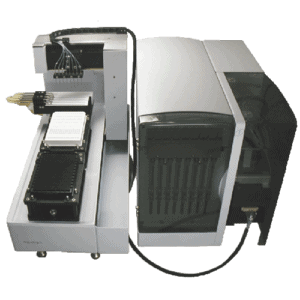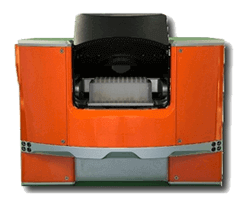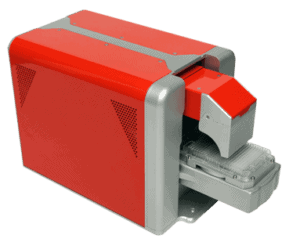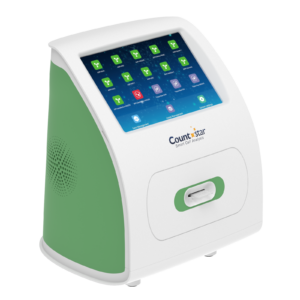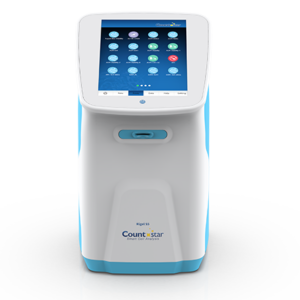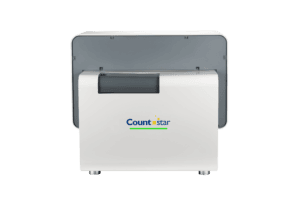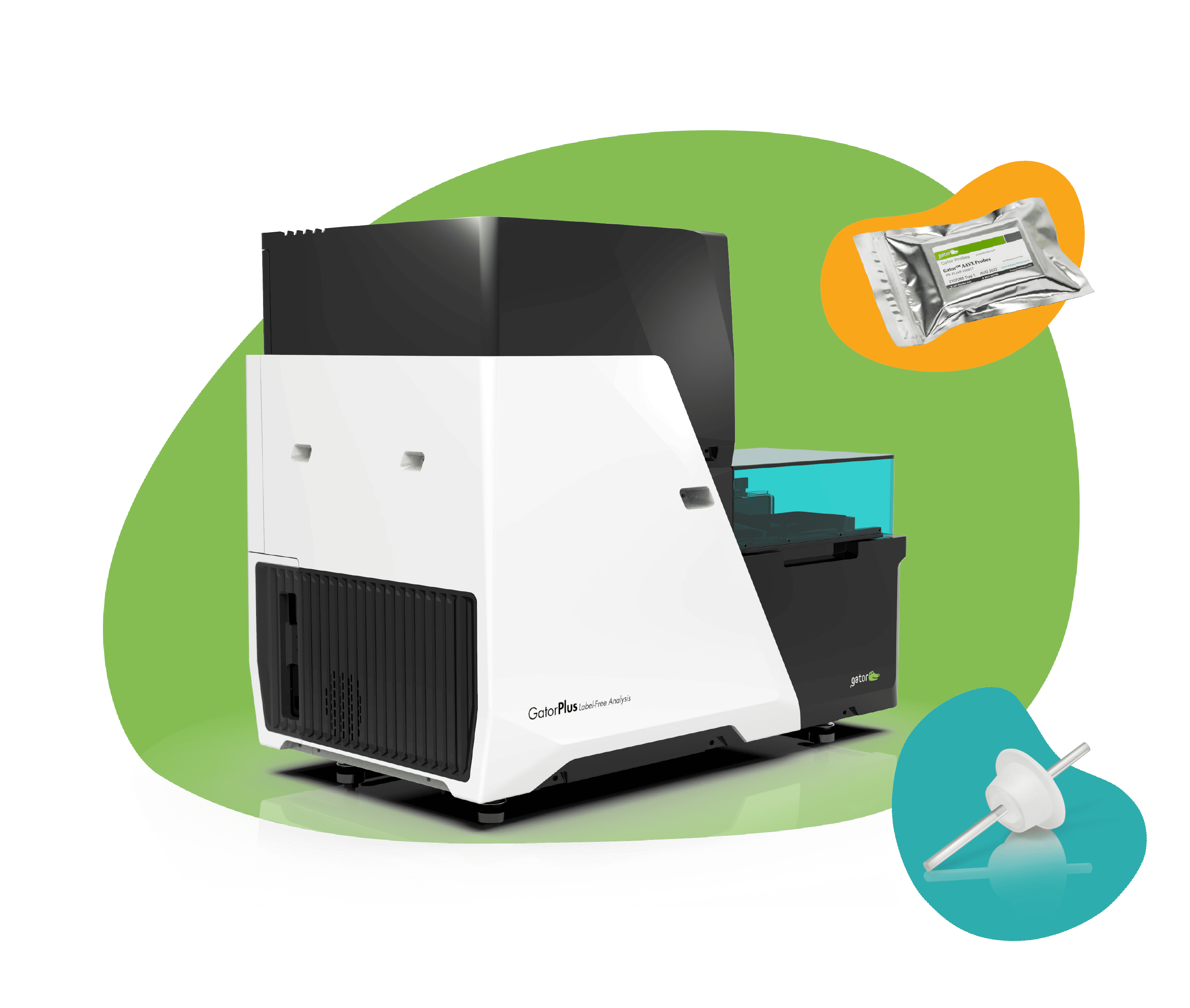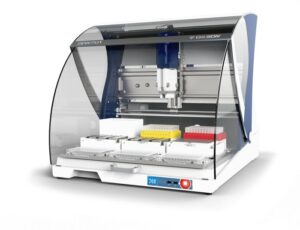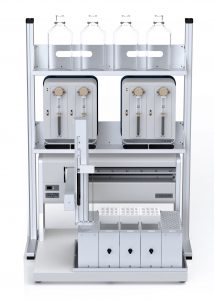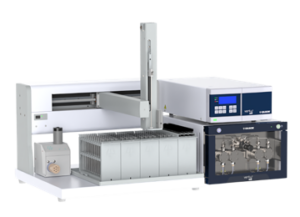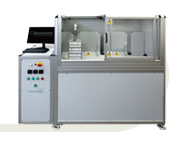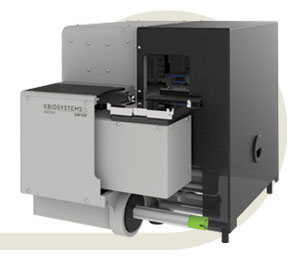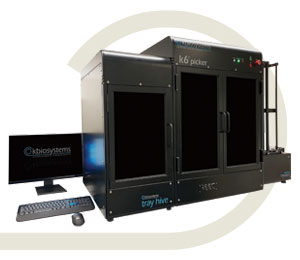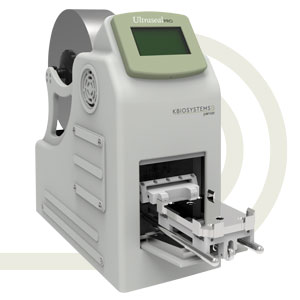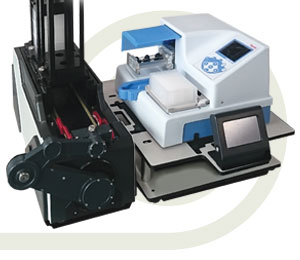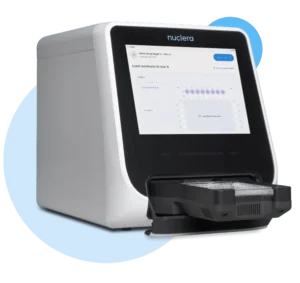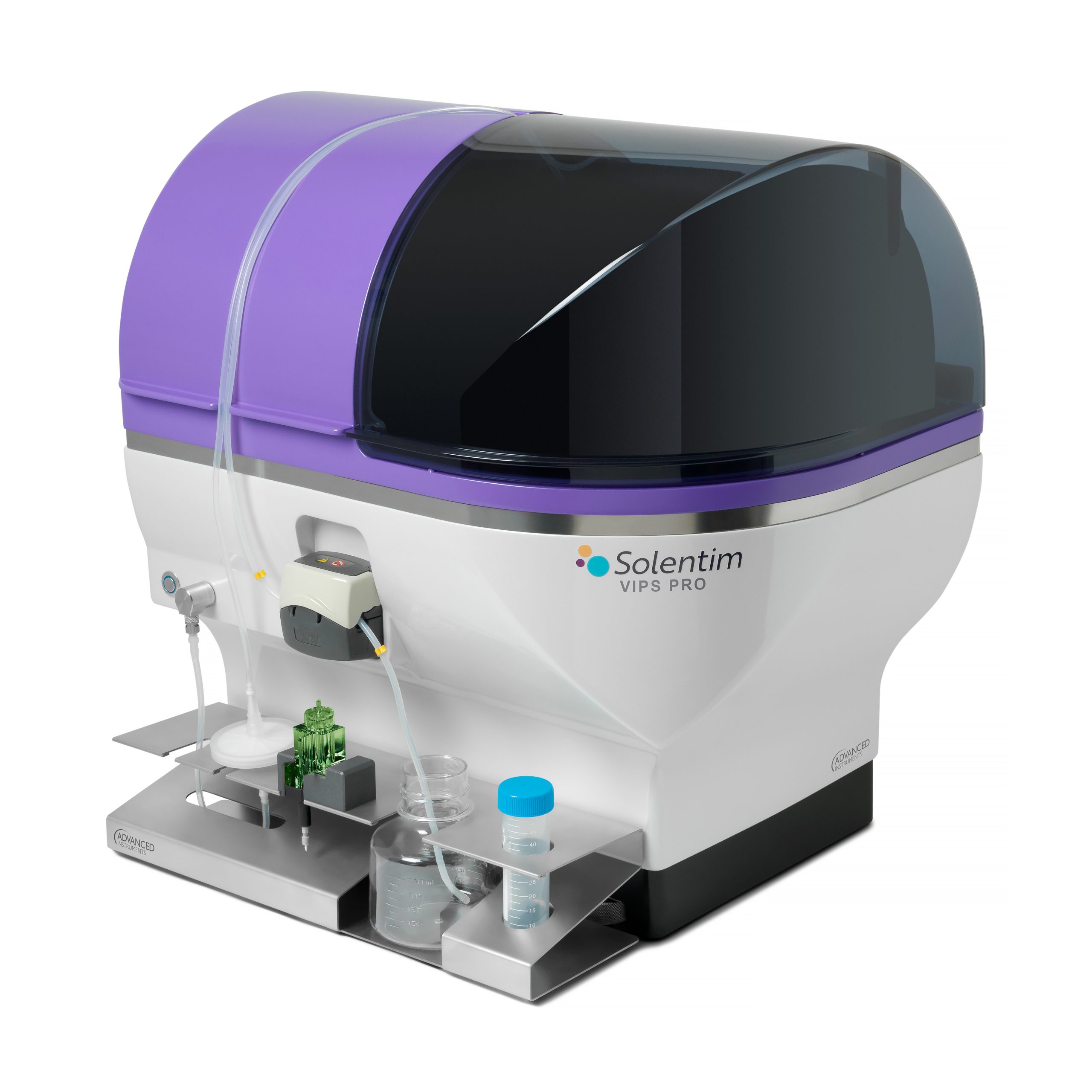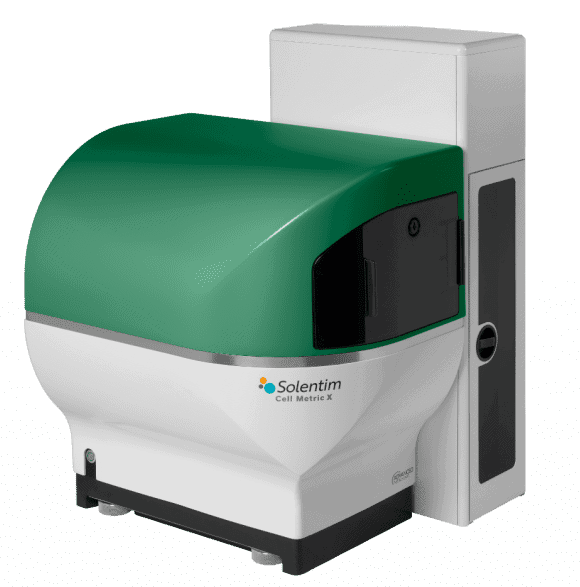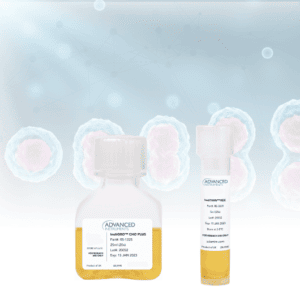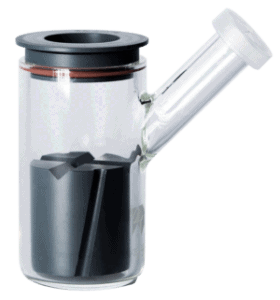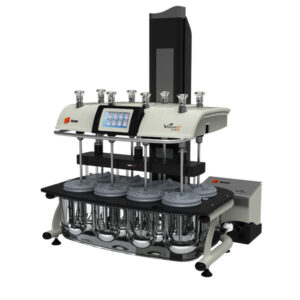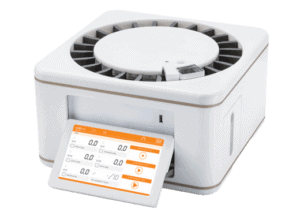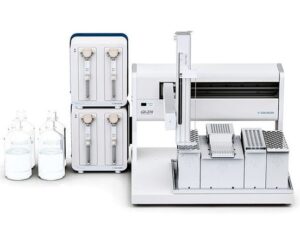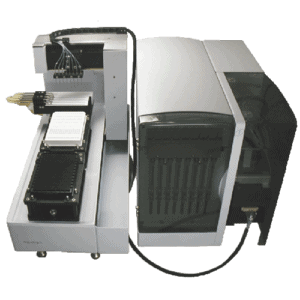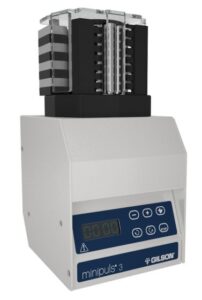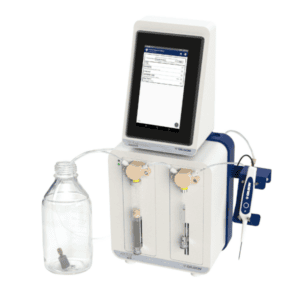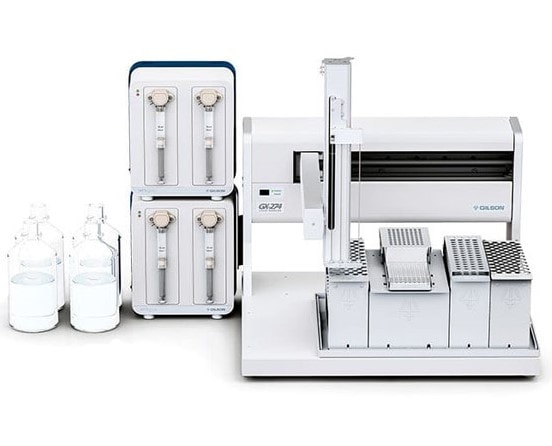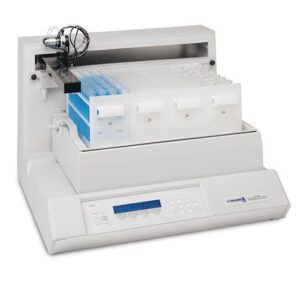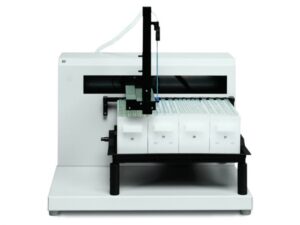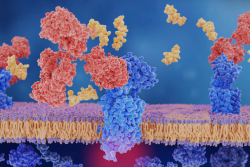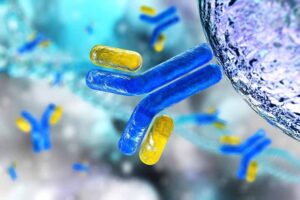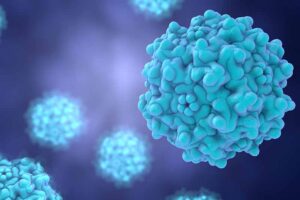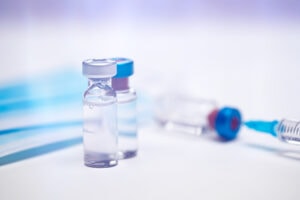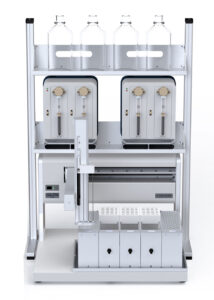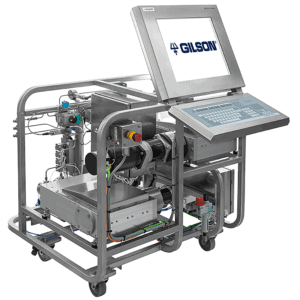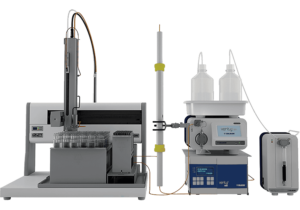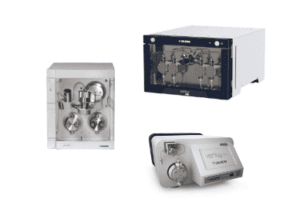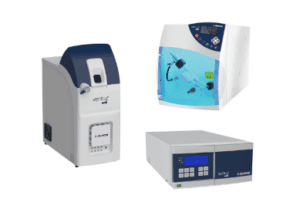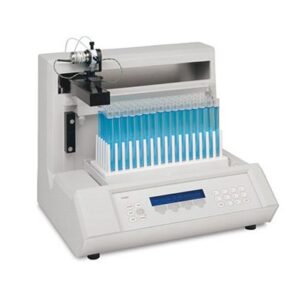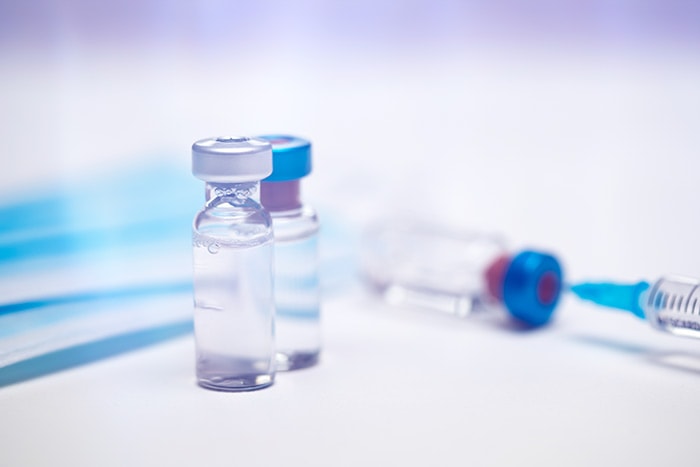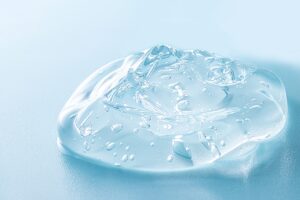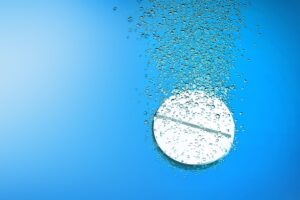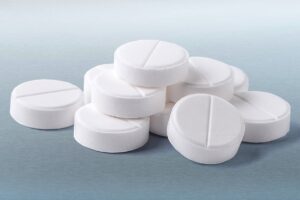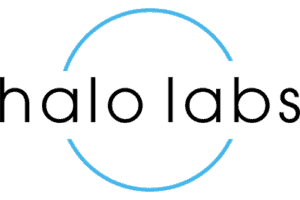Home - Suppliers
Our Suppliers

Features
Increase your purification throughput
PLC 2050 and PLC 2250 Purification Systems with Autosampler are configured with a GX-241 Liquid Handler and VERITY 4020 Single Syringe Pump for automated sample injections for increased throughput. These systems allow you to queue samples and create multiple, unattended runs.
Versatile to perform advanced purification protocols
PLC Purification Systems contain a variable dynamic mixing chamber and feature two or four independent solvent inlets for binary or quaternary gradients.
Detection options
PLC Purification Systems include a conductivity / pH monitor and four-wavelength UV/VIS detection, with an optional upgrade to a diode array detector (DAD) or evaporative light scattering detection (ELSD).
Large capacity for a variety of applications
PLC Purification Systems have a large fraction capacity, containing a three-rack fraction collector with unlimited collection cycles. These systems support purification from 10 – 100 mm HPLC columns, 100 – 1000 mL CPC columns and 2.5 g – 1.2 Kg flash cartridges.
Intelligent integrated pumping
PLC Purification Systems feature a dual reciprocating pump technology, with a built-in automatic injection valve.

Specificiations
| Nanodrop II | Nanodrop Express | |
|---|---|---|
| Number of channels | 8 | 16 |
| Dispense Time 1536-well plate | < 17 sec, 1 µL reagent addition | < 8 sec, 1 µL reagent addition |
| Dispense Range: Microsolenoids 500 µL syringe 1000 µL syringe | 0.1 - 80 µL 5 - 500 µL 5 - 1000 µL | |
| Aspirate Range 500 µL syringe 1000 µL syringe | 0 - 500 µL 0 - 1000 µL | |
| Dispense Precision | 100 nL ≤ 10% 200 nL ≤ 7% 1 µL ≤ 5% | |
| Residual Volume | < 3 µL per channel | |

SYSTEMS
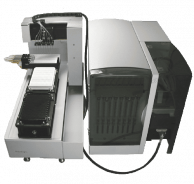
Nanodrop II
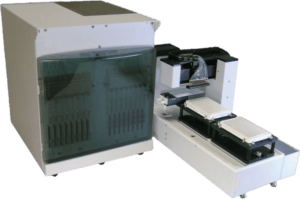
Nanodrop Express
16-channel ultra high-throughput, low-volume dispensing system
DOWNLOAD BROCHURE FOR MORE INFORMATION

Nanodrop II and Nanodrop Express
SINGLE CELL CLONING OF hiPSCs
CLD FOR PROTEIN THERAPIES
VIRUS MANUFACTURING FOR GENE THERAPY
High efficiency, high viability single cell cloning of hiPSCs for applications including development of disease models and supporting GMP manufacture of cell therapies
Generate stable cell lines that create producing novel recombinant proteins such as monoclonal antibodies or therapeutic proteins for rare diseases
From the selection of high producer clones to the development of stable vector producer cell lines, explore our simplified workflows for gene therapy applications
SINGLE CELL CLONING OF hiPSCs
CLD for Protein Therapies
Generate stable cell lines that create producing novel recombinant proteins such as monoclonal antibodies or therapeutic proteins for rare diseases
Virus manufacturing for gene therapy
VACCINE PRODUCTION USING MAMMALIAN CELLS
ENGINEERED EXOSOME PRODUCER CELL LINES
CELL ENGINEERING & PRECISION GENE EDITING
Isolate, screen and characterise attributes for clones producing novel recombinant sub-unit protein and monoclonal antibody vaccines
Establish stable producer cells for the production of engineered and cell-engineered exosomes
Optimise your drug discovery process using targeted gene editing to create stable cell lines as cellular reagents, for use in target validation, functional genomics and disease modelling
Vaccine production using mammalian cells
Isolate, screen and characterise attributes for clones producing novel recombinant sub-unit protein and monoclonal antibody vaccines
